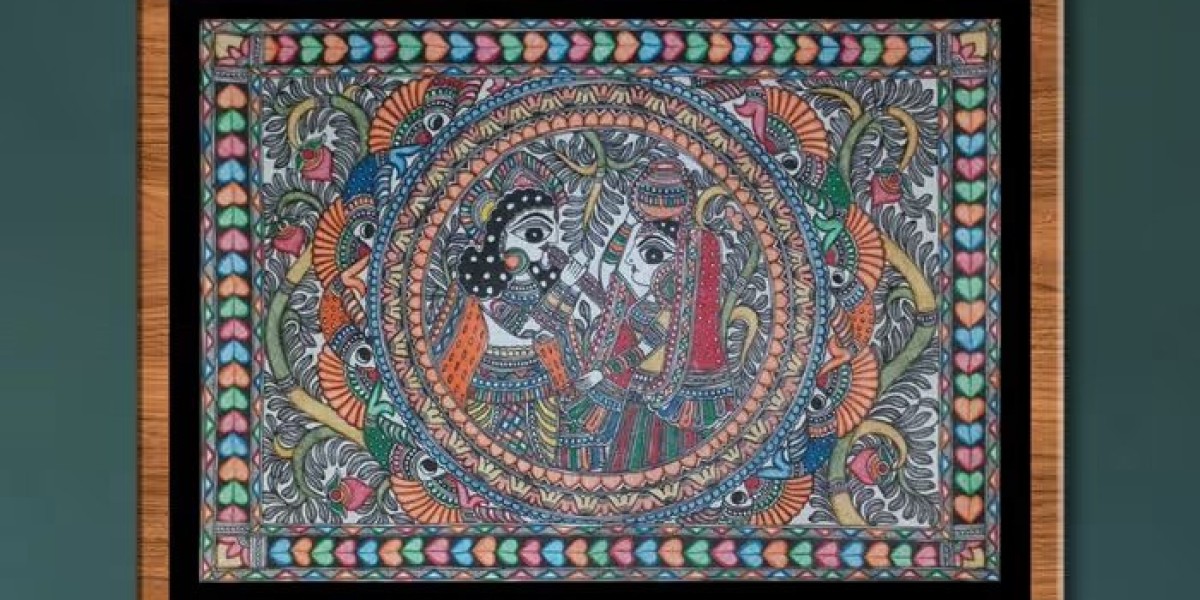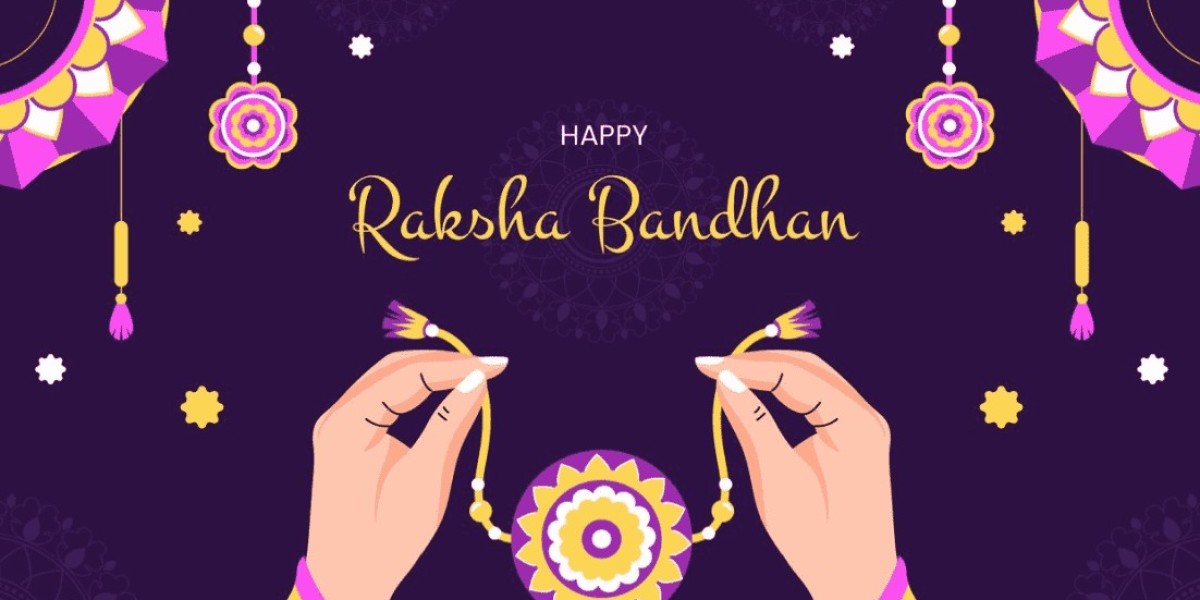Introduction to Madhubani Paintings
Madhubani paintings, also known as Mithila paintings, originate from the Mithila region of Bihar, India. These intricate and vibrant artworks hold immense cultural significance and have evolved over centuries, encapsulating the rich traditions and folklore of the region.
History and Origins of Madhubani Paintings
Madhubani art traces its roots back to ancient India, with origins linked to the time of the Ramayana. According to mythological accounts, King Janaka commissioned artists to create these paintings to celebrate the marriage of his daughter, Sita, to Lord Rama. Over time, this art form evolved, incorporating various styles and themes reflective of the changing socio-cultural landscape.
Cultural and Religious Significance
Madhubani paintings predominantly depict Hindu deities such as Krishna, Rama, Lakshmi, and Durga. These artworks are often created during festivals like Diwali, Holi, and weddings, symbolizing prosperity, protection, and devotion. The art form also incorporates motifs of nature and mythology, making it a spiritual expression of the community's cultural heritage.
Styles and Themes in Madhubani Paintings
Madhubani paintings can be categorized into five primary styles:
Bharni: Characterized by vibrant colors and intricate detailing, often depicting mythological scenes.
Katchni: Known for its fine line work and minimal use of colors.
Godna: Inspired by traditional tattoo patterns, featuring bold geometric shapes.
Tantrik: Focuses on religious and esoteric themes, utilizing symbolic imagery.
Contemporary Themes: Incorporate modern elements and social messages, reflecting current issues and trends.
Materials and Techniques Used
Artists traditionally use natural dyes made from plants, flowers, and minerals. Tools include bamboo sticks or brushes made from twigs. The canvas can range from handmade paper to cloth or even walls. The unique texture and vivid colors of Madhubani paintings result from these traditional materials and techniques.
Key Elements and Motifs
Common motifs include peacocks, fish, and lotus flowers, symbolizing fertility, prosperity, and purity, respectively. Geometric patterns and detailed border designs are also prevalent, adding to the visual richness of the paintings. Mythological figures and scenes from epics further enhance the narrative quality of this art form.
Famous Madhubani Artists
Several artists have gained prominence for their contribution to Madhubani art:
Sita Devi: A pioneer in bringing Madhubani paintings to the global stage.
Mahasundari Devi: Known for her intricate designs and cultural themes.
Ganga Devi: Celebrated for her detailed depiction of festivals and rituals. Contemporary artists continue to innovate, blending traditional techniques with modern themes.
Modern Adaptations and Trends
Madhubani art has transcended its traditional boundaries, finding expression in various contemporary mediums. From fashion to home décor, this art form is being adapted into modern designs, appealing to a global audience. Fusion art, combining Madhubani with other styles, is also gaining popularity.
Preservation and Promotion Efforts
Efforts to preserve and promote Madhubani art include government initiatives and NGO involvement. Organizations conduct workshops, exhibitions, and cultural festivals to raise awareness and provide a platform for artists. These initiatives play a crucial role in sustaining this cultural heritage.
How to Identify Authentic Madhubani Paintings
Authentic Madhubani paintings are characterized by their intricate detailing, use of natural colors, and traditional themes. Certification from recognized bodies and understanding common imitations can help buyers identify genuine artworks. Look for the distinctive style and techniques unique to this art form.
Economic Impact and Market Trends
The market for Madhubani paintings has grown significantly, contributing to the economy of the Mithila region. Demand for these artworks in national and international markets has opened new avenues for artists. Fair trade practices ensure that artists receive due recognition and compensation for their work.
DIY Madhubani Painting
Creating your own Madhubani painting can be a rewarding experience. Here's a step-by-step guide:
Materials Needed: Handmade paper or cloth, natural dyes or acrylic paints, fine brushes or bamboo sticks.
Sketching the Design: Start with a pencil sketch of your desired motif or scene.
Painting: Use natural dyes or paints to fill in the design, paying attention to details and colors.
Finishing Touches: Add intricate border designs and ensure all elements are balanced. Beginners can start with simpler motifs and gradually take on more complex designs.
Learning Madhubani Art
Learning Madhubani art is accessible through various workshops and classes, both offline and online. Many institutions offer courses, and numerous online resources provide tutorials and guides. Books on Madhubani art can also serve as valuable references for enthusiasts.
Madhubani Paintings in Popular Culture
Madhubani art has permeated popular culture, featuring in films, fashion, and home décor. Its vibrant patterns and cultural richness make it a favorite among designers and decorators. This art form's presence in mainstream media has further enhanced its popularity and appreciation.
Exhibitions and Art Fairs
Madhubani paintings are showcased in major exhibitions and art fairs worldwide. These events provide artists with a platform to display their work and connect with art lovers and collectors. International fairs and local art shows play a significant role in promoting Madhubani art.
Comparisons with Other Indian Folk Arts
Madhubani paintings are often compared with other Indian folk arts like Warli, Pattachitra, and Gond art. While each has its unique style and cultural significance, they share common themes of nature, mythology, and daily life. Understanding these differences and similarities enriches the appreciation of Indian folk art.
Future of Madhubani Paintings
The future of Madhubani paintings holds both challenges and opportunities. While commercialization and imitation pose threats, increased global recognition and preservation efforts offer hope. Embracing modern themes and digital platforms can help sustain and grow this traditional art form.
FAQs about Madhubani Paintings
Q. What are Madhubani paintings?
Ans. Madhubani paintings are traditional artworks from the Mithila region of Bihar, India, known for their intricate designs and vibrant colors.
Q. What materials are used in Madhubani paintings?
Ans. Artists use natural dyes made from plants, flowers, and minerals, and tools such as bamboo sticks or brushes made from twigs.
Q. How can I identify an authentic Madhubani painting?
Ans. Authentic Madhubani paintings feature intricate detailing, traditional themes, and natural colors. Certification from recognized bodies can also help.
Q. Who are some famous Madhubani artists?
Ans. Prominent artists include Sita Devi, Mahasundari Devi, and Ganga Devi, who have significantly contributed to the art form's recognition.
Q. How has Madhubani art evolved over time?
Ans. Madhubani art has evolved from traditional religious themes to incorporate modern elements and social messages, gaining global popularity.
Q. What efforts are being made to preserve Madhubani paintings?
Ans. Government initiatives, NGO involvement, and cultural festivals are some efforts to preserve and promote Madhubani art.
Conclusion
Madhubani paintings are a testament to the rich cultural heritage of India. Their vibrant colors, intricate designs, and deep symbolism continue to captivate art lovers worldwide. By understanding and appreciating this art form, we contribute to preserving a vital part of our cultural legacy.








